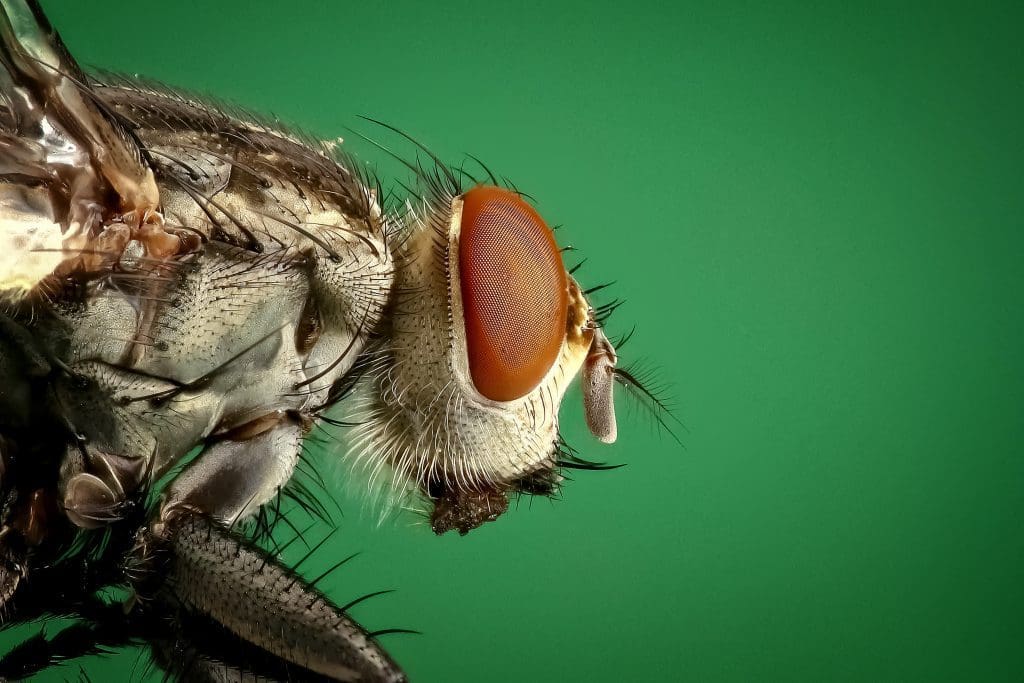Every photographer has an inner voice that dictates the aesthetic, subject matter, and photographic style. However, from time to time, it’s recommended to try new perspectives and approaches. You may want to experiment with a new type of camera or lenses, with filters, or special effects. You may even want to try a different genre of photography such as macro photography.
Macro photography produces close-ups of small subject matters. The rule is to have the subject equal to or smaller than the camera’s sensor. While the best macro lenses provide a magnification ratio up to 5:1, a magnification of 1:2, half life-size, is still considered macro photography.
It’s not easy to work with such small subjects and you have to acquire new technical and compositional skills. Moreover, you will probably need special lenses and gear. So why trying macro photography in the first place?
Discover the unseen world of small subjects
Macro photography allows you to discover small subjects and make them the star of your composition. It takes time to train your eye to see the unseen but once you’ve mastered the art of noticing small subjects, your world will be different. Think of how much you miss because you focus only on the large subjects.
Connect with your subject
When you photograph very small subjects you have to get really close to them. This creates a profound connection between subject and photographer. You need to know how your subject reacts to light and camera, especially if it’s a shy subject such as insects and animals. You need to study their geometry, lines, and colors to find the best perspective. Furthermore, you have to take time to observe and contemplate the environment to find the best subjects. Macro photography requires dedication and engagement. It’s not just a new technique.
Use a wide range of subjects
Almost any subject is a good subject for macro photography as long as you get really close. From flowers and insects to droplets, snowflakes, rust, small fruits, clock mechanisms, mechanical parts, details of animals, close-ups of people, and surfaces of all kinds, subjects for macro photography are everywhere around us.
Document your subject in the smallest details
Macro photographers specifically look for tiny subjects. However, you can photograph the smallest details of your current subject matter. For example, if you’re a landscape photographer, you can incorporate macro photographs of wildflowers and insects. If you’re a travel photographer, you can incorporate macro photographs of local art, jewelry, and other details. If you’re a portraiture photographer, you can incorporate macro photographs of the iris, lashes, and details of the human body. This gives you a new perspective on your subject and delivers solid documentation of the matter.
Create unique compositions
By getting close to a subject, you can transform a mundane object into an artwork. The glimpse of a handle, the shape of an earring, the texture of your pet’s fur, the colors of a human iris are there, but not everyone sees them the same. Macro photography is your chance to create art without leaving your house. Furthermore, you can create staged compositions with water droplets, soap, paint, and anything else you have at hand.
For other good photography reads following the same subject click here.

